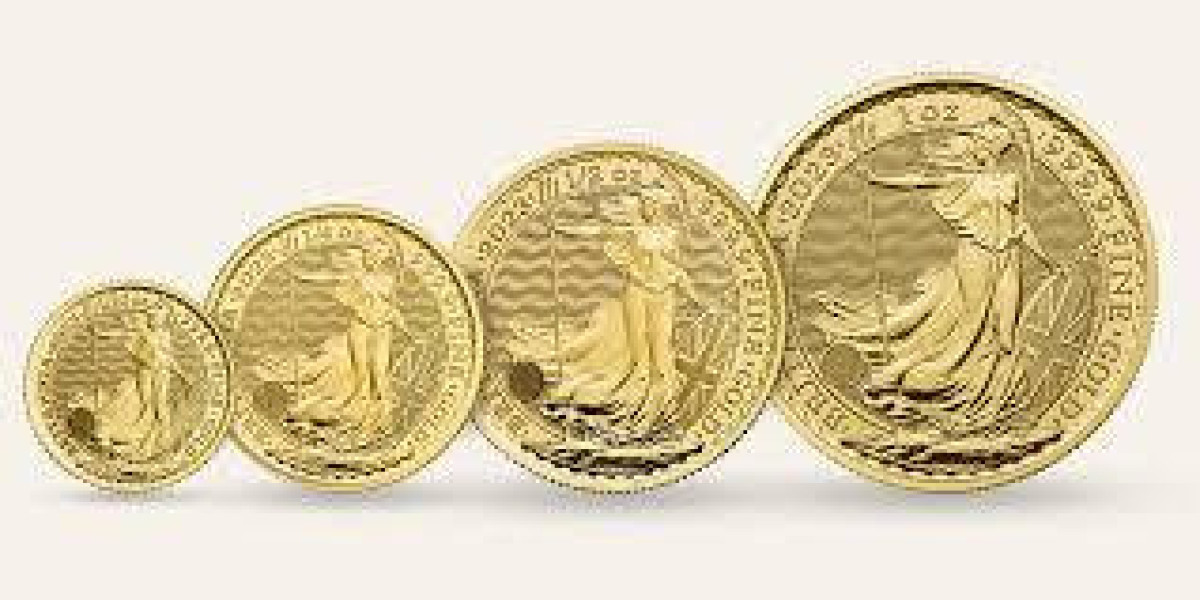Bullion bars have long been considered a stable and tangible investment option for both novice and seasoned investors. They are prized for their intrinsic value, global acceptance, and historical stability. In this article, we’ll explore what bullion bars are, their types, benefits, storage options, and essential considerations when buying and selling them.
What Are Bullion Bars?
Bullion bars are precious metal blocks, typically made of gold, silver, platinum, or palladium, and are valued primarily based on their metal content. They come in various sizes, ranging from as small as one gram to large 400-ounce gold bars commonly used in institutional trading. The purity of bullion bars is typically measured in fineness or karats. Gold bars, for example, are usually marked with 99.9% purity (24 karats), ensuring they contain minimal impurities.
Types of Bullion Bars
Gold bullion bars are the most popular and valuable among bullion products. They are used for investment, wealth preservation, and even central bank reserves. Gold is known for its durability, liquidity, and consistent demand in global markets. Silver bullion bars offer an affordable entry point for new investors. They are commonly used in industrial applications and jewellery, adding to their investment appeal. Silver bars are often produced in sizes ranging from one ounce to 1,000 ounces. Platinum bullion bars are less common but equally valuable, prized for their industrial and investment value. Their price can be more volatile due to fluctuating industrial demand. Palladium bullion bars have gained popularity due to their essential role in automotive manufacturing and industrial applications. Their rarity makes them an attractive option for portfolio diversification.
Why Invest in Bullion Bars?
Wealth preservation is a primary reason investors choose bullion bars. They serve as a hedge against inflation, currency devaluation, and economic uncertainty. Their value tends to remain stable or increase during periods of market instability. Portfolio diversification is another crucial benefit. Precious metals like gold and silver often perform well when stocks and bonds underperform, balancing investment portfolios. Liquidity is another significant advantage. Bullion bars can be easily bought or sold globally through reputable dealers, making them a convenient asset. Their long-term value retention makes them appealing for passing wealth down to future generations.
Factors to Consider When Buying Bullion Bars
When purchasing bullion bars, several factors should be considered. First, check the purity and weight of the bars. Reputable dealers clearly mark these specifications on the bar itself, ensuring transparency. Certification and authenticity are equally important. Look for bars certified by recognised mints and refiners such as the London Bullion Market Association (LBMA). Buying from a reputable dealer minimises the risk of counterfeits. Pricing transparency is crucial as the value of bullion bars is closely linked to the current spot price of the metal. Investors should be aware of any premiums charged by dealers, which can vary based on the bar size, market demand, and dealer reputation.
Storage and Security Options
Proper storage and security are vital for protecting bullion bars. Investors can choose between home storage or professional vault services. Home storage involves safes or hidden compartments but comes with security risks. Professional vault storage offers enhanced security, insurance coverage, and compliance with international standards. Depository services are also available, often linked to bullion trading accounts, allowing investors to buy, sell, and store bullion seamlessly.
How to Sell Bullion Bars
Selling bullion bars involves similar considerations to buying. Start by evaluating the current market price of the metal. Compare offers from multiple reputable dealers to secure the best deal. It’s essential to have proper documentation, including purchase receipts and authenticity certificates, to facilitate the sale. Dealers may require these documents to verify the bullion's origin and purity. For larger holdings, consider selling through a bullion exchange or auction to reach a broader pool of buyers and potentially secure a higher price.
Market Trends and Investment Strategies
The bullion market is influenced by various factors, including economic conditions, geopolitical events, and central bank policies. Investors should stay informed about market trends, interest rates, and inflation forecasts to make well-timed investment decisions. A common investment strategy is dollar-cost averaging, where investors purchase bullion at regular intervals regardless of market fluctuations. This approach helps reduce the impact of market volatility. Long-term holding is another popular strategy, especially during uncertain economic periods when precious metals historically perform well.
Legal and Tax Considerations
Investors should be aware of legal and tax implications when buying, holding, or selling bullion bars. Depending on the country, bullion investments may be subject to capital gains tax when sold for a profit. Some jurisdictions offer tax-exempt options for certain bullion products, so consulting a tax advisor is recommended. Compliance with anti-money laundering regulations is also essential. Dealers may require identity verification and transaction reporting for significant purchases or sales.
Bullion Bars vs. Coins
While bullion bars and coins are both popular investment options, they have distinct differences. Bullion bars are typically more cost-effective for large investments due to lower production premiums. Coins, however, offer added numismatic value and are often easier to trade or sell in smaller quantities. Investors should choose based on their financial goals, investment timeline, and storage preferences.
Common Mistakes to Avoid
New investors should avoid common mistakes when investing in bullion bars. One key mistake is neglecting to research dealers before making a purchase. Working with unauthorised dealers increases the risk of counterfeit products. Overlooking storage and insurance is another pitfall. Storing bullion without adequate security can lead to potential loss or theft. Failing to understand market trends can also result in poorly timed purchases or sales, impacting investment returns.
Conclusion
Bullion bars remain a timeless and reliable investment option for preserving wealth, diversifying portfolios, and protecting against economic uncertainty. By understanding the various types of bullion bars, assessing market conditions, and working with reputable dealers, investors can build a solid precious metal portfolio. Whether you are a first-time buyer or a seasoned investor, bullion bars offer unmatched stability and long-term value, making them a cornerstone of a well-rounded investment strategy.








